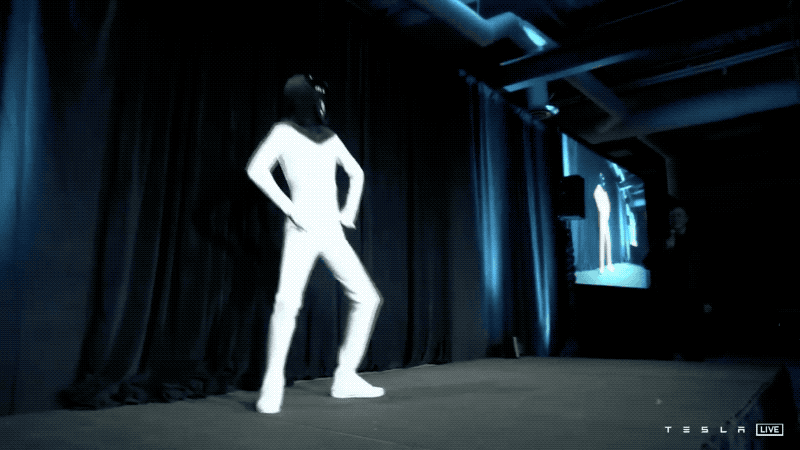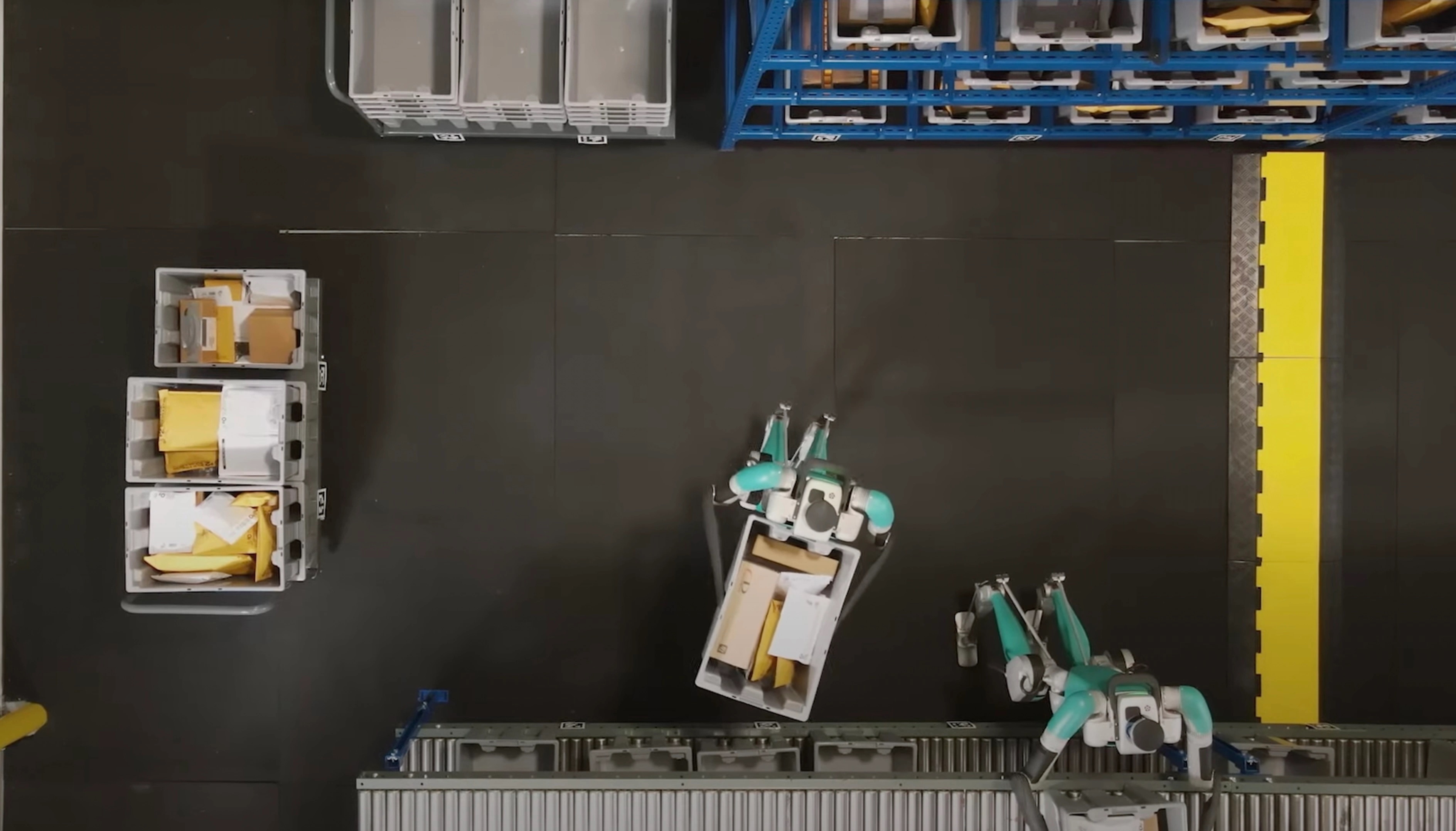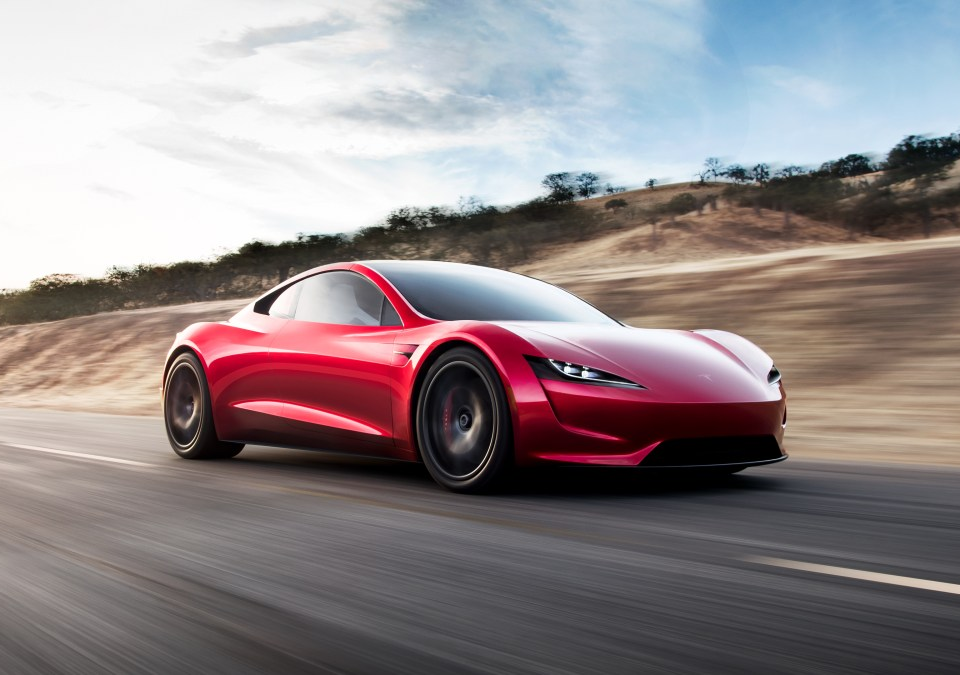
The Station: Elon’s Tesla share sale, Ford teases a second EV truck and GM’s Cruise spending ramps
May 2, 2022
Twitter latest filing admits to risk of losing of advertisers and staff due to Musk takeover
May 3, 2022
So, yeah, kicking off another installment of the newsletter by talking a bit about our upcoming robotics event. Honestly, this panel is a special one, though. It’s one I’d been thinking about before I even knew if we’d be returning to an in-person event this year. Daniela Rus and Matthew Johnson-Roberson have both appeared on TC stages and in this newsletter over the years.
Both are leading robotics voices at their respective world-class universities (MIT and CMU, respectively) who bring a lot of deep insight to the subject. And there really is a lot of ground to cover here, from the latest groundbreaking research their respective institutions are currently working on to the role universities can and should play in helping graduates develop startups. It’s going to be a good one.
I also led with that topic because, well, I’m putting off the inevitable a bit here. But yes, we need to talk about Elon — but no, not that thing. Tesla Bot or Optimus or whatever we’re calling it this week isn’t something I’ve written much about on these pages because I’ve frankly not had a lot of good reason to do it, beyond the standard justification that everything the world’s richest person says is news.

I spoke with Rebecca a bit about the subject when she wrote about Musk’s latest claim that the humanoid robot will arrive never year. What really struck me was his comment that, “I was surprised that people did not realize the magnitude of the Optimus robot program. The importance of Optimus will become apparent in the coming years. Those who are insightful or looking, listening carefully, will understand that Optimus will ultimately be worth more than the car business, worth more than FSD.”
Thing is, I don’t think there’s any question how enormous robotics are going to be in the coming decades among anyone who pays attention to such things. We’re already seeing that impact in a real way, especially as the pandemic has dramatically sped up adoption. I think it’s more that people need something tangible than a person dancing around in a spandex morphsuit as proof of concept here. Anyone who follows the space also understands how profoundly difficult this all is.
A few years back, I was asked to speak at a media panel. When the conversation ended, a hand shot up in the front row. A woman was extremely eager to ask me a question about robots — which is to say, she wanted to tell me her idea for a robot. It’s like a Roomba, she explained, only it’s a drone that can fly from surface to surface, cleaning every part of your home. Great, I said, when someone develops that, I’d be happy to buy it.
Point being, the reason Roombas don’t do that isn’t because no one has had the idea before. It’s because the number of points of failure for a product like that would make your head spin. With all of the money and resources iRobot has pumped into their robot vacuum over the years, it still gets stuck, sucks up something it shouldn’t or otherwise breaks down. Meanwhile, it’s taken Boston Dynamics around 25 or so years to arrive at Atlas.

Image Credits: Tesla
Image Credits: Tesla
Add to all of that the fact that a high-end Roomba currently costs around $900, and you can start to understand why roboticists are, at the very least, skeptical about the promise of a robot that will not only help build cars but fold your laundry and do your grocery shopping. Boston Dynamics’ Spot robot currently runs $74,500, which I recognize is chump change for Musk, but I just canceled my Netflix subscription because I didn’t want to pay $15 a month to watch Bright 2.
There are other questions, as well. For starters, is a humanoid really the best form factor for a robot like this? Don’t get me wrong, it works fine for us, but I’ve lost track of the roboticists I’ve spoken to who began developing a system designed to mimic human features, only to find reasons there were much more efficient designs for the tasks they were working to address. Anyway, this is part of the reason I haven’t been writing much about this — I planned to write two paragraphs on the subject and here we are.
Meantime, I don’t expect to be writing much more on the matter until we get something more concrete than Daft Punk cosplay. I’m excited to see more about this robot at some point — and thankfully, Musk and Tesla have never missed a deadline (unfortunately there is no way to verify this information, so you’re just going to have to take my word for it). But more important, I’m willing to wait until I actually do, before devoting more column space to the subject. Mercifully, there was plenty of other interesting news this week that doesn’t require me to pen another Twitter think piece.

Image Credits: Vicarious
Image Credits: Vicarious
There’s a decent chance you missed this first one, since it dropped late on a Friday. Alphabet owned Intrinsic announced that it’s acquiring Vicarious, a well-funded robotic software firm that’s been backed by Jeff Bezos, Elon Musk, Mark Zuckerberg and Samsung. Details are scarce at the moment, though the company says CEO Scott Phoenix is joining Intrinsic as CCO, while CTO Dileep George will actually be joining the DeepMind research team. From the sound of it, the deal was at least, in part, a bit of an acqui-hire designed to grow the two Alphabet teams.
“For more than a decade, Vicarious has been pushing the boundaries of intelligent robotics and AI across multiple industries with visionary customers, building an interdisciplinary team and unique culture in the process,” Intrinsic CEO Wendy Tan-White said in a post. “We believe that combining our efforts will help us solve industry problems faster and accelerate our shared mission.”
More info on the deal is promised in the coming months.
The biggest news from a purely financial perspective, meanwhile, is Agility’s massive $150 million Series B. That follows the announcement that the Oregon-based startup is a part of the Amazon Industrial Innovation Fund, which is included in the round. DCVC and Playground Global led the raise, which finds the company working to scale its Digit robot for more warehouse jobs.

Image Credits: Screenshot/Agility Robotics
Image Credits: Screenshot/Agility Robotics
“Agility is set to make a powerful impact, developing and shipping robots that are built to co-exist seamlessly in our lives,” Playgound’s Bruce Leak said in a release. “Since Agility’s earliest days, we’ve believed their unique technical approach stands alone in being able to deliver on the promise of practical everyday robots.”
Joining Agility on the Amazon side of things is Israeli robotics firm BionicHIVE, which makes an extremely clever warehouse robot that rides up the side of shelves. San Francisco-based Mantis Robotics is also on the list. The company is building robotic arms designed for close human-robot interaction.

Image Credits: Zippedi
Image Credits: Zippedi
We also broke some news about Zippedi, an inventory robot designed to help stores compete with Amazon through last-mile delivery. The startup raised a $12.5 million Series A, led by Transpose Platform. That joins a $6.9 million seed announced last year.
“A good example is when Uber was coming out, if there was a company to help the taxis,” founder Luis Vera tells TechCrunch. “Brick and mortar stores are here to stay. There’s going to be a big swath of people buying in the store, so I think the best way to approach this is to digitize the store and do all of these things that will make your customers happy. Whether it’s last-mile delivery, whether it’s shopping in the store — once you have the digital twin, you can do a whole bunch of stuff. ”

Image Credits: Miso Robotics
Image Credits: Miso Robotics
And, another week, another Miso Robotics restaurant deal. This time it’s the king of the midnight hamburger/taco combo, Jack in the Box. They’ll be testing Flippy and Sippy at one of their San Diego locations.

Image Credits: Bryce Durbin/TechCrunch
Image Credits: Bryce Durbin/TechCrunch
People are flipping for Actuator. Why not subscribe?



